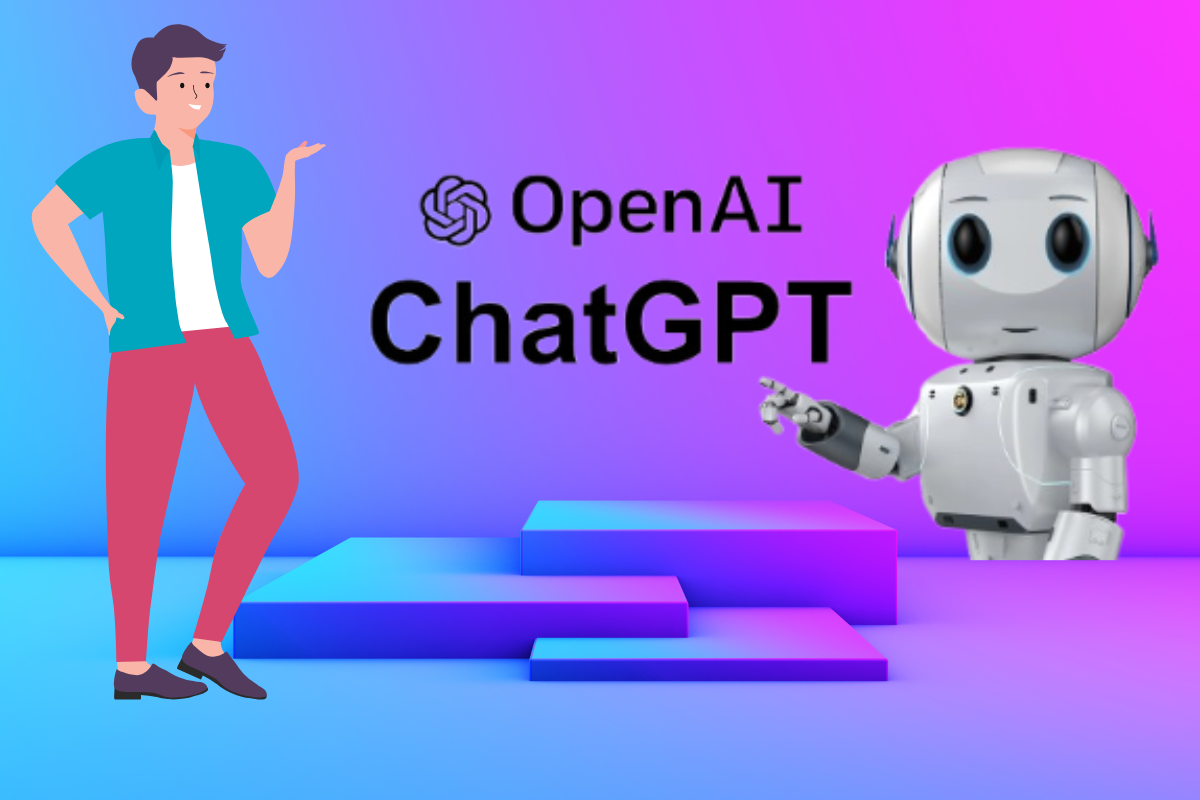Some users recently reported spotting new customization options in ChatGPT, which briefly appeared and then vanished, leading to speculation that these features were launched ahead of schedule. These updates from OpenAI aim to give users greater control over their interactions with ChatGPT by introducing ways to personalize how the AI responds.
The new options include fields for users to specify a preferred name or nickname, their profession, and additional details they’d like ChatGPT to know. Users can also assign specific “traits” to the chatbot, such as making it “Chatty,” “Encouraging,” or giving it a “Gen Z” tone. The updated menu includes a message inviting users to share details about themselves to receive more tailored and personalized responses.
This change seems to be a revamped version of ChatGPT’s existing custom instructions feature. Previously, this feature used prompt engineering—a technique that guides the AI’s style and tone by providing it with a user-defined set of instructions. The new menu appears to retain this approach but presents it in a more visually appealing and accessible way for users.
It’s important to note that these customization options are distinct from ChatGPT’s memory feature. While the memory feature allows ChatGPT to remember or forget specific personal details provided by users, the new customization settings appear to focus solely on guiding the tone and style of the chatbot in real-time interactions.
OpenAI has stated that it applies moderation to ensure these custom instructions align with its terms of use, and this is expected to continue with the updated personalization settings. For now, these options are not yet widely available, and OpenAI has not commented on their potential rollout.
This update is part of OpenAI’s ongoing effort to refine ChatGPT as its user base expands. With over 300 million weekly users, OpenAI has introduced other features, such as live web search and a Canvas interface for writing and coding, to enhance the overall experience and keep up with user needs.



